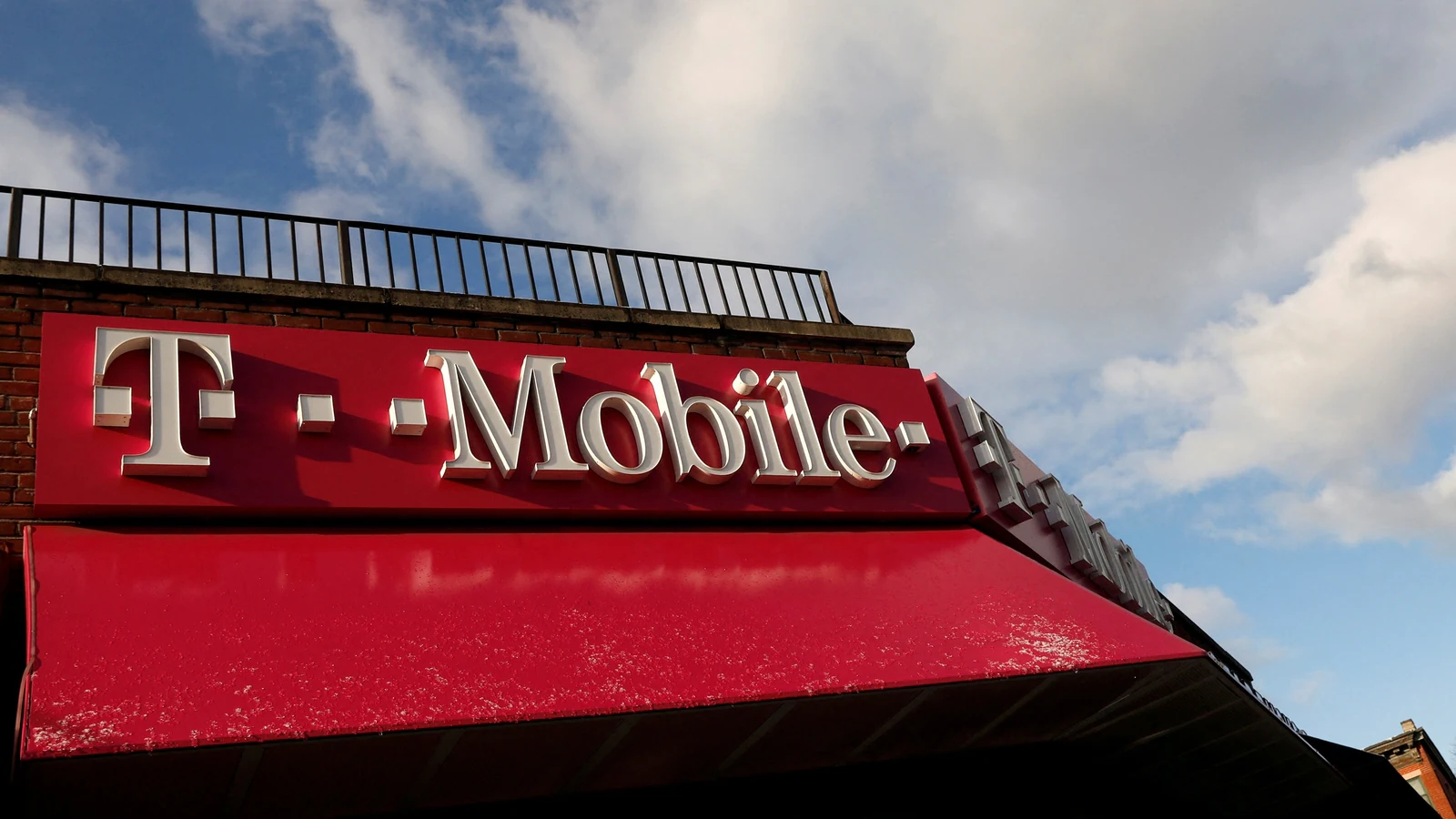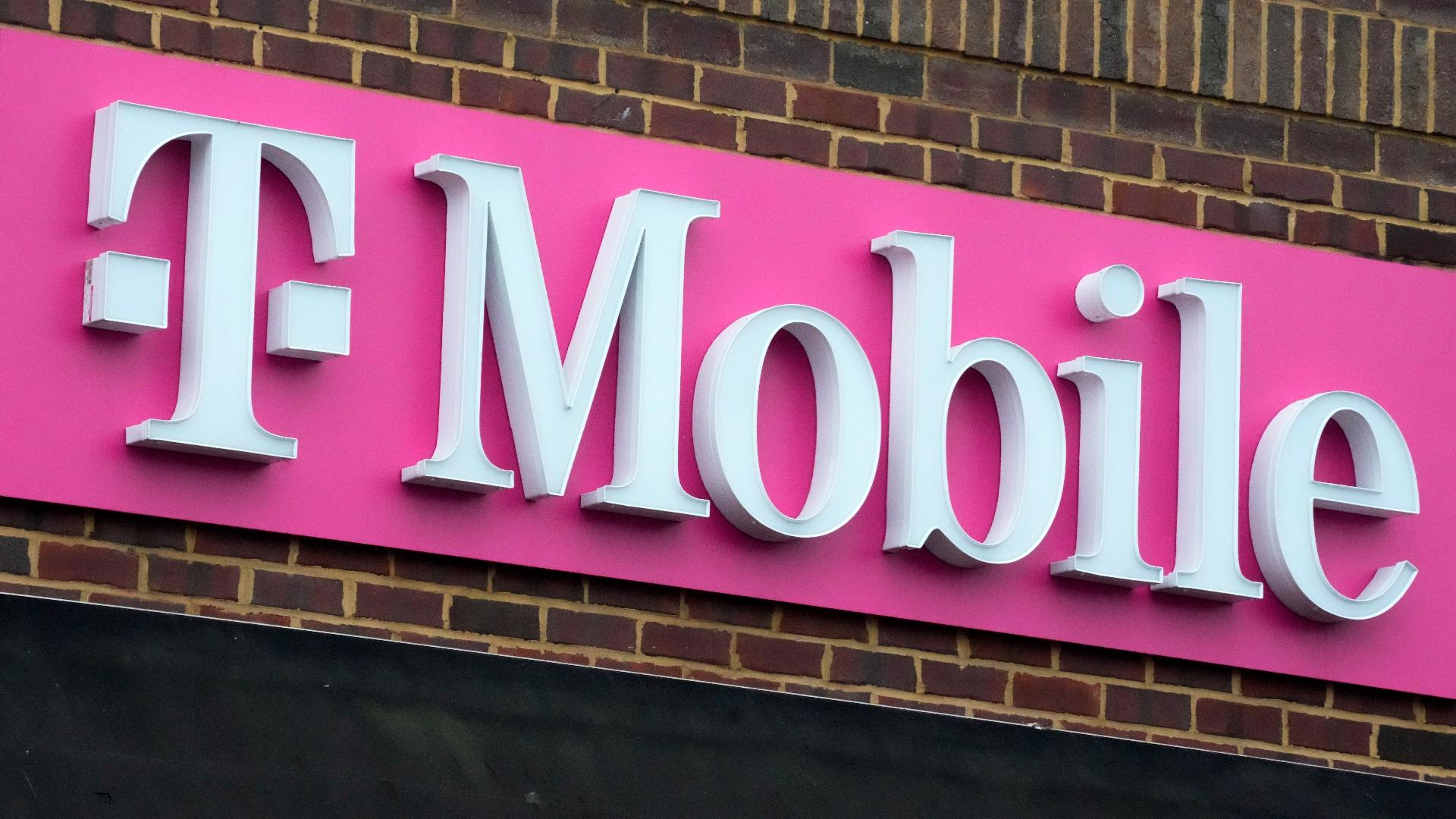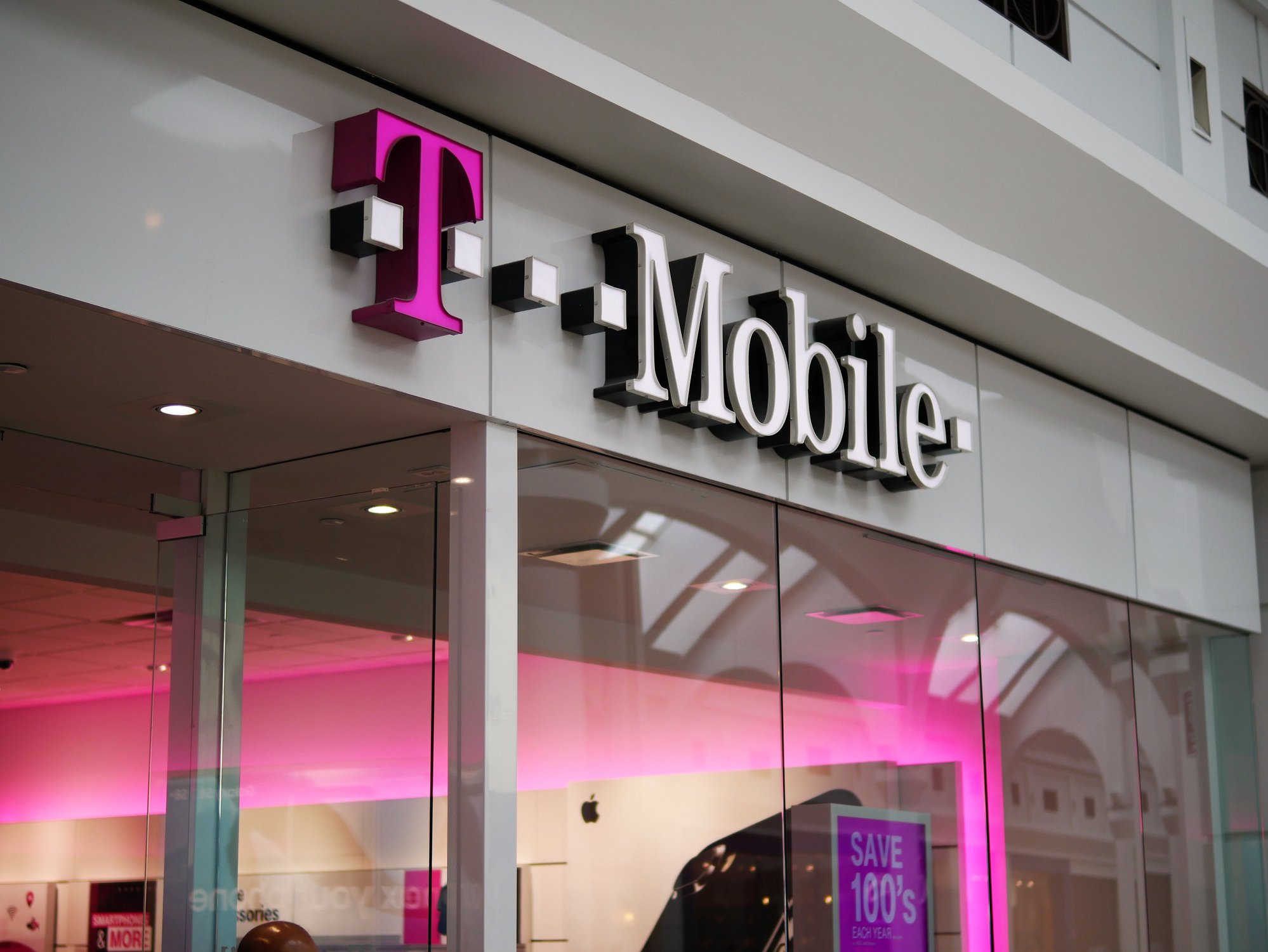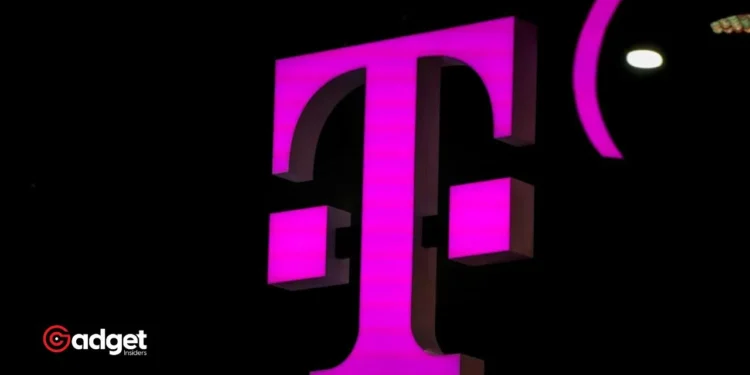In a bold stride towards expanding its market dominance, T-Mobile has announced its plan to acquire most of U.S. Cellular in a whopping $4.4 billion deal. This strategic move is set to reshape the landscape of the U.S. telecommunications sector, adding 4 million customers and hundreds of stores to company’s already extensive network.

A New Era of Connectivity
Scheduled to finalize by mid-next year, this acquisition marks a significant milestone for the company, one of the nation’s largest wireless providers. By assimilating U.S. Cellular’s assets, T-Mobile not only broadens its customer base but also enhances its physical presence with numerous brick-and-mortar stores across the country, particularly in rural areas.
“The company has always been at the forefront of transformative changes in the telecom industry,” stated Mike Sievert, CEO of T-Mobile. “As customers from both companies will get more coverage and more capacity from our combined footprint, our competitors will be forced to keep up—and even more consumers will benefit.”

Enhancing Spectrum and Competition
The acquisition is more than just an expansion of the network and customer base; it’s about intensifying the capabilities of T-Mobile’s infrastructure. By securing additional spectrum rights through this deal, Company strengthens its ability to transmit mobile signals more effectively and efficiently across a broader area.
This enhancement in spectrum rights is crucial as it fosters a competitive edge over giants like AT&T and Verizon. “By tapping into the additional capacity and coverage created through the combined spectrum and wireless assets, company will spur competition,” elaborated a statement from T-Mobile.

A Legacy of Strategic Acquisitions
The company is no stranger to ambitious acquisitions. The company’s history of strategic mergers includes the notable integration with Metro PCS in 2013 and the massive $26.5 billion acquisition of Sprint in 2020. These moves have significantly bolstered T-Mobile’s market presence and customer offerings, setting a precedent for successful mergers within the telecom sector.
“The integrations of MetroPCS in 2013 and Sprint in 2020 have been noted as two of the most successful merger combinations in wireless history that resulted in competition-enhancing shifts benefiting millions of consumers,” highlighted the statement from T-Mobile.
What’s Next for U.S. Cellular and Its Customers?
Post-acquisition, U.S. Cellular will retain some of its spectrum rights and cellular towers, ensuring it continues to serve its customer base effectively. Meanwhile, customers currently with U.S. Cellular will transition to become T-Mobile customers, a change poised to offer them enhanced services and broader network coverage.

T-Mobile’s Acquisition: A Game-Changer in Telecom
As T-Mobile gears up to finalize this acquisition, the telecom industry watches closely. This deal not only signifies growth for the company but also promises enhanced connectivity and competitive services for millions of consumers.
In a landscape marked by fierce competition and rapid technological advancements, Company’s strategic acquisition of U.S. Cellular could very well be a game-changer, setting new benchmarks for what it means to lead in the telecom industry.










